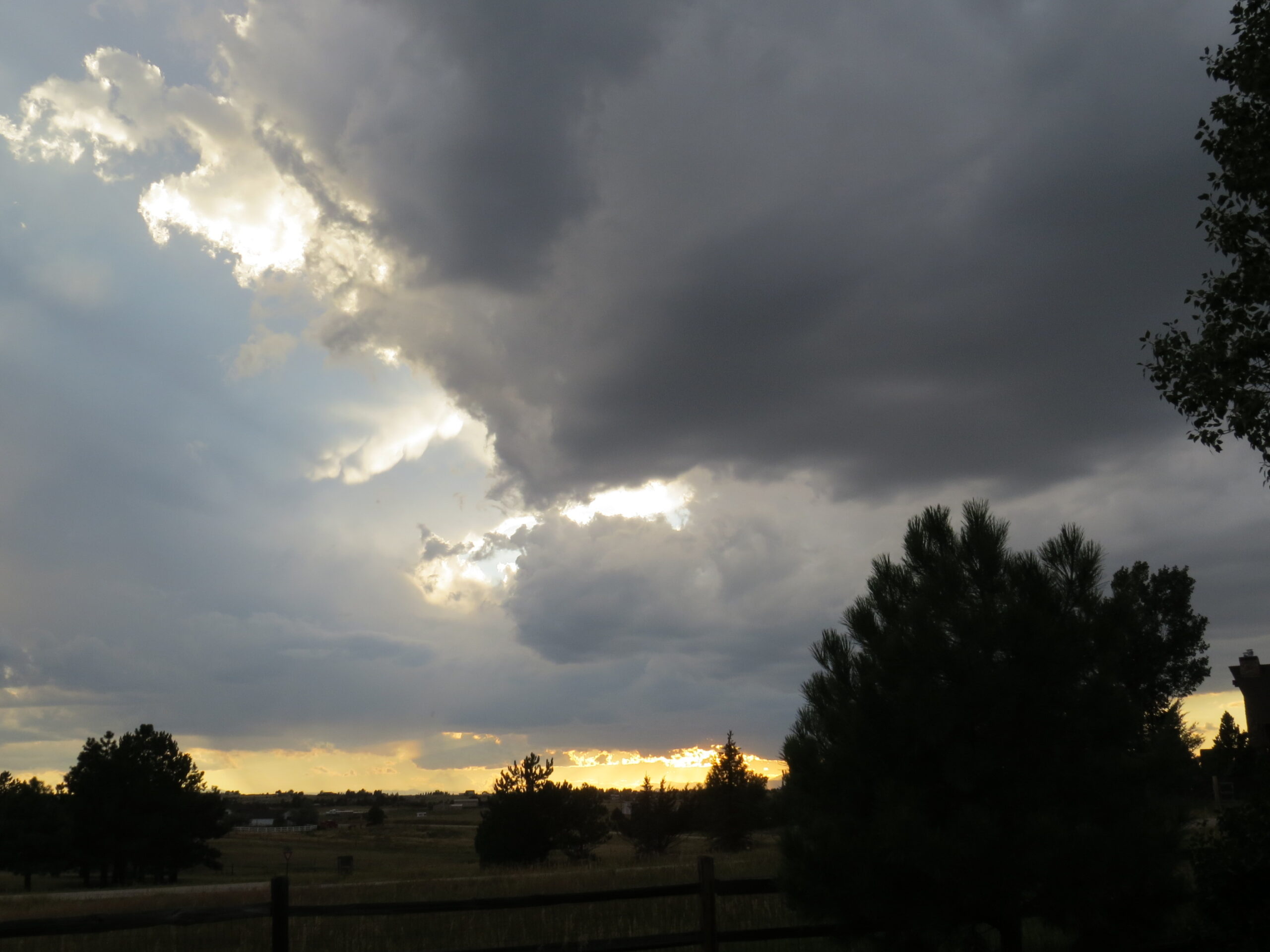Every work of fiction is fueled by some grand conflict or tension, but on the paragraph-to-paragraph level, the story gains momentum through micro-tension. Author Donald Maass states: “Micro-tension is the moment-by-moment tension that keeps the reader in a constant state of suspense over what will happen, not in the story but in the next few seconds.”
Think of the Harry Potter series. All the books are propelled by the eventual confrontation of Harry and Voldemort, but along the way, the characters face a score of problems ranging from trivial (Malfoy’s public school boy bullying) to more serious (who or what is killing students?). Even in the more light-hearted passages in the books, the micro-tension—the uneasy sense that all these kids are in some unidentified, simmering danger—stays with the reader.
So how do we create micro-tension? Much of it can come from the setting. Take the old, much-ridiculed cliché: “’Twas a dark and stormy night.” Not the most eloquent sentence, but already we feel suspense. We wonder what it means. Do the darkness and storm just occur outside, amplified by crashing thunder and snapping lightning? Does it manifest within the characters as well, as anger, discontent, violent thought, etc.? As RMFW’s own Angie Hodapp says, “Readers read to worry.” Micro-tension heightens their worry.
Use strong imagery to create micro-tension. A wonderful example comes from Elspeth Barker’s murder mystery/noir/literary/dark comedy (and probably a few other labels) novel O Caledonia. Here she describes the town gossips:
Their voices whined and droned, spiteful as the sleety wind which slashed their headscarves across their faces as they huddled by the village bus, dreary as the wind which spat hail down the chimney as they took Sunday afternoon tea in the cold parlours of outlying crofts, where the Bible was open beside a ticking clock and rock buns were assembled on snowy doilies, malignly aglitter with the menace of carbonized currants.
Every verb and every image in this passage drips with darkness and storminess—with micro-tension—in the weird world of Barker’s characters. The weather is as malicious as the women, and even afternoon tea, that quaint Scottish tradition, offers a dose of unpleasantness.
Author Ellen Gilchrist asks us to ponder “how to move the characters around so they bruiseagainst each other and ring true.” The more characters clash or oppose one another, the more micro-tension in their relationships. Even the most easy-going characters have pet peeves, hidden agendas, or secrets that affect and determine their actions. Think carefully about the dynamics between characters—husband and wife, mother and son, mother and daughter, etc. These folks might love each other dearly, but there will still be between them disappointments, failings, unforgiven acts, or true incompatibility. Almost all of us know how to push buttons—and it seems that we often push the buttons of those we love—so allow your fictional characters to do the same. As Donald Maass states: “Building tensions depends on an artful teasing out of the hostility.”
Incorporate micro-tension into internal dialogue as well. We all go through times when we don’t know exactly what we want, or we can’t decide whether someone is being honest, or we have doubts about ourselves. We also have secrets that we often don’t acknowledge even to ourselves. Conflicting or contrasting emotions within a character produce rich and satisfying dilemmas for the reader.
To see if you’ve included micro-tension in your novel, Donald Maass suggests throwing your manuscript pages into the air. Gather them up in random order. Read each page, looking for the micro-tension that happens in every paragraph of that page. This releases you from the arc of the story and the overriding conflict and forces you to look at the “piece-parts” that make up your writing. Work your way through the manuscript, marking where you could include more micro-tension in your work. If you can’t find at least one sentence in each paragraph that reveals micro-tension, rewrite the paragraph. Your work will be all the better for it.
Photo Credit: Laurie Marr Wasmund

